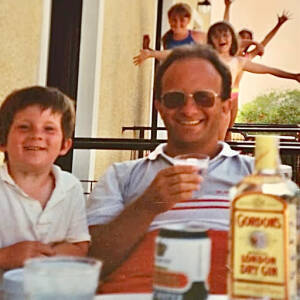Roundhouse
I had to stay in for most of the day, as the kitchen progresses. Painting is going well and most of the lights have been fitted. A late afternoon walk required the assistance of an umbrella, which I really don't enjoy.
Back to art study, I have decided to have a closer look at Jacques-Louis David, one of whose most famous paintings I studied on 30 April. David's father died in a pistol duel when he was nine. He was cared-for by his widowed mother with the assistance of two uncles, who sent him to the best schools, hoping he would do something sensible with his life - becoming a lawyer or an architect perhaps. Instead, he was set on painting, in which he had considerable talent. He was admitted to the Royal Academy in 1766, aged just 17.
French painting at the time was stuck in two ruts. Some artists adopted an austere, classical style, coldly depicting tales from antiquity. Others were more sensual, producing paintings for the private enjoyment of rich patrons. Although David studied both styles, from an early stage he went his own way, pursuing artistic expression with more profound and top-to-date social and political meaning, at first obscurely and later more emphatically.
Oath of the Horatii (1785) epitomised this change.The picture tells a tale from around 669 BCE. Two sets of three brothers - the Horatii and the Curiatii fought in wars between Rome and Alba (not Scotland but a city near Turin.) The Horatii brothers were required to fight but one of them was married to a member of the Curiatii family and one Horatii sister was betrothed to a Curiatii brother.
The picture shows the dramatic moment when, despite the lamentation and pleading of the women, the men agreed to fight, choosing political ideals over personal motives. At a time when political tension was growing in France, David presented this as a noble and righteous choice. The striking image of the father with three swords dominates the picture.

Comments
Sign in or get an account to comment.


